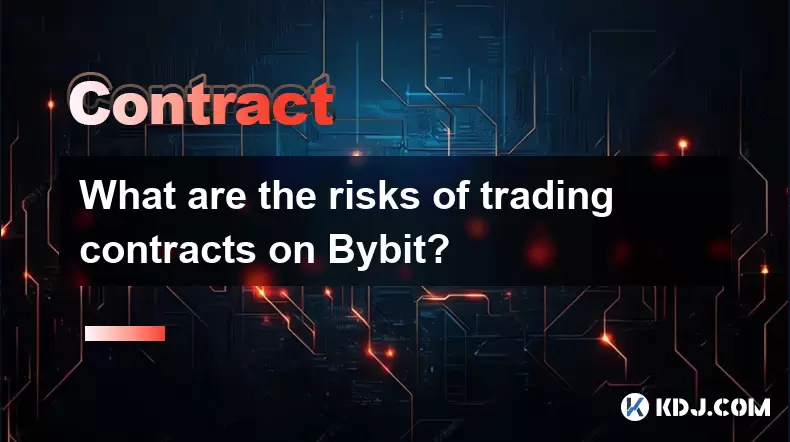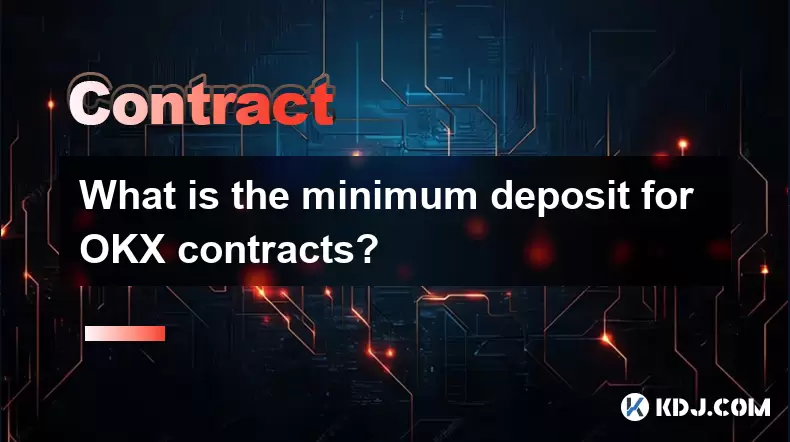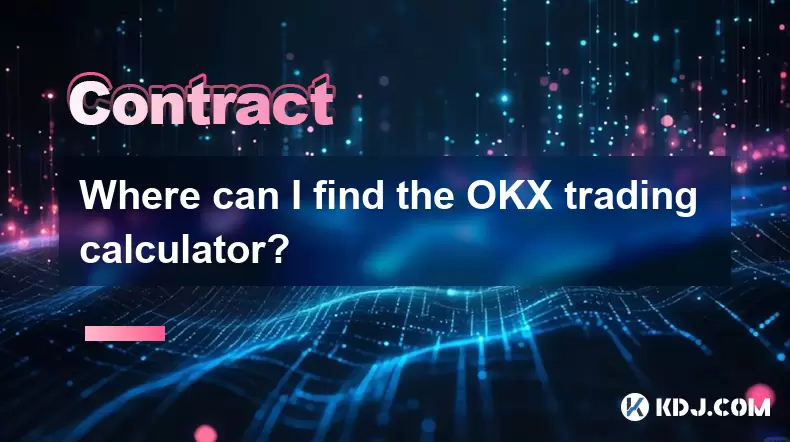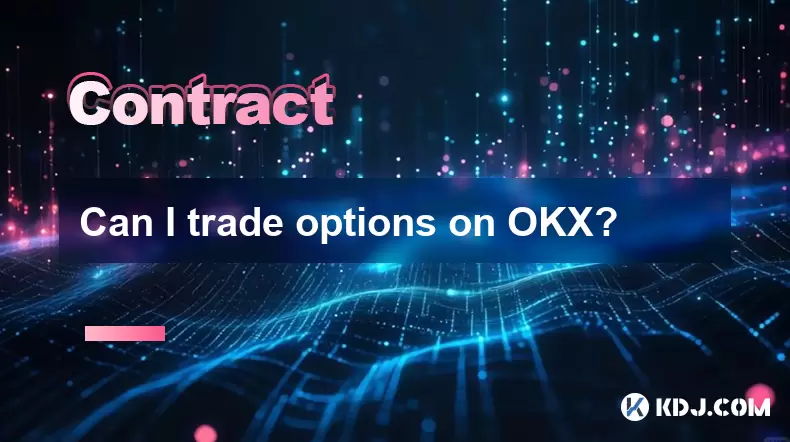-
 Bitcoin
Bitcoin $116900
0.35% -
 Ethereum
Ethereum $3989
3.42% -
 XRP
XRP $3.349
9.04% -
 Tether USDt
Tether USDt $1.000
0.00% -
 BNB
BNB $792.6
2.29% -
 Solana
Solana $177.6
3.36% -
 USDC
USDC $0.9998
0.00% -
 Dogecoin
Dogecoin $0.2256
5.26% -
 TRON
TRON $0.3389
0.04% -
 Cardano
Cardano $0.7954
3.59% -
 Stellar
Stellar $0.4609
10.90% -
 Hyperliquid
Hyperliquid $41.68
6.44% -
 Sui
Sui $3.827
2.12% -
 Chainlink
Chainlink $19.75
9.94% -
 Bitcoin Cash
Bitcoin Cash $581.3
0.54% -
 Hedera
Hedera $0.2636
4.16% -
 Avalanche
Avalanche $23.60
3.69% -
 Ethena USDe
Ethena USDe $1.001
-0.03% -
 Litecoin
Litecoin $122.9
2.37% -
 Toncoin
Toncoin $3.365
1.23% -
 UNUS SED LEO
UNUS SED LEO $8.981
0.31% -
 Shiba Inu
Shiba Inu $0.00001301
2.69% -
 Uniswap
Uniswap $10.68
5.35% -
 Polkadot
Polkadot $3.926
3.70% -
 Dai
Dai $1.000
0.00% -
 Bitget Token
Bitget Token $4.488
2.21% -
 Cronos
Cronos $0.1539
3.99% -
 Monero
Monero $269.7
-1.19% -
 Pepe
Pepe $0.00001124
3.04% -
 Aave
Aave $285.4
3.89%
What are the risks of trading contracts on Bybit?
Contract trading on Bybit offers high leverage and profit potential, but carries significant risks like liquidation, funding fees, slippage, and regulatory restrictions.
Aug 08, 2025 at 06:30 pm

Understanding Contract Trading on Bybit
Contract trading on Bybit allows users to speculate on the price movements of cryptocurrencies without owning the underlying asset. These financial derivatives, commonly known as perpetual contracts or futures contracts, enable traders to go long (buy) or short (sell) with leverage. While this presents opportunities for amplified profits, it equally increases exposure to significant risks. The platform supports high leverage, sometimes up to 100x, which can magnify both gains and losses. It is essential to understand that leveraged trading is inherently volatile and not suitable for all investors, especially those unfamiliar with margin mechanics.
Liquidation Risk Due to High Leverage
One of the most critical risks in contract trading on Bybit is liquidation. When traders use high leverage, even a minor adverse price movement can trigger a liquidation event. The maintenance margin is the minimum amount of equity required to keep a position open. If the market moves against the position and the equity falls below this threshold, Bybit automatically closes the position to prevent further losses. For example, with 50x leverage, a price move of just 2% against the trader’s position can result in complete liquidation. To mitigate this, traders can:
- Use lower leverage to increase the buffer against price volatility
- Monitor liquidation price displayed on the trading interface
- Enable stop-loss orders to limit downside exposure
- Avoid over-leveraging during periods of high market volatility
Funding Rate Exposure in Perpetual Contracts
Perpetual contracts on Bybit include a mechanism called the funding rate, which is exchanged between long and short positions every eight hours. This rate ensures that the contract price stays close to the spot market price. If the funding rate is positive, long position holders pay short position holders, and vice versa. Traders holding positions over extended periods may incur recurring funding fees, which can erode profits or deepen losses. It is crucial to check the current funding rate before opening a position. To manage this: - Review the funding rate history on Bybit’s interface
- Consider opening positions when funding rates are low or negative
- Avoid holding positions through funding rate settlement times (00:00, 08:00, 16:00 UTC)
- Use funding rate calculators to estimate costs over time
Market Volatility and Slippage
Cryptocurrency markets are known for their extreme volatility, and this directly impacts contract trading on Bybit. Sudden price swings, often triggered by news events or macroeconomic factors, can lead to slippage—the difference between the expected price of a trade and the actual execution price. During high volatility, market orders may execute at significantly worse prices than anticipated. This risk is heightened during low liquidity periods or major market events like ETF approvals or exchange outages. To reduce slippage: - Use limit orders instead of market orders
- Trade during high-liquidity hours
- Avoid placing large orders during major news releases
- Monitor order book depth to assess available liquidity
Platform and Operational Risks
Even with a reputable exchange like Bybit, platform-specific risks exist. Technical issues such as server outages, API failures, or slow order execution can prevent timely position management. In extreme cases, traders may be unable to close positions before liquidation. Additionally, account security remains a concern. If a user’s account is compromised due to weak passwords or lack of two-factor authentication (2FA), unauthorized trading or fund withdrawal can occur. To enhance security: - Enable Google Authenticator or hardware 2FA
- Use a strong, unique password
- Regularly check login history and active sessions
- Withdraw funds to a private wallet after trading
Regulatory and Jurisdictional Risks
Bybit operates in a complex global regulatory environment. While the platform is accessible in many countries, it is restricted in certain jurisdictions such as the United States, Canada, and Singapore. Users from these regions attempting to access Bybit may face account suspension or fund freezing if detected. Regulatory changes can also lead to sudden service disruptions or withdrawal limitations. Traders must ensure compliance with local laws. To stay compliant: - Verify Bybit’s service availability in your country
- Avoid using VPNs to bypass geo-restrictions
- Stay updated on regulatory announcements from Bybit
- Use only KYC-verified accounts if required by local law
Frequently Asked Questions
Can I trade contracts on Bybit without KYC?
Yes, Bybit allows users to trade contracts without completing KYC verification. However, unverified accounts have lower withdrawal limits and may face restrictions during platform audits or regulatory checks. Completing KYC increases trust and unlocks higher trading limits.What happens when my position gets liquidated?
Upon liquidation, Bybit closes your position at the prevailing market price. You lose the initial margin used to open the trade. In extreme cases, if the liquidation price is not met due to a gap, the insurance fund covers the loss, and you are not liable for further debt.How does Bybit calculate unrealized PNL?
Unrealized Profit and Loss (PNL) is calculated based on the difference between the entry price and the mark price, multiplied by the position size. The mark price, derived from external indices, prevents manipulation and ensures fair liquidation.Is there a way to simulate contract trading before using real funds?
Yes, Bybit offers a testnet (demo) environment where users can practice contract trading with simulated funds. Access it via testnet.bybit.com, create a demo account, and use it to test strategies without financial risk.
Disclaimer:info@kdj.com
The information provided is not trading advice. kdj.com does not assume any responsibility for any investments made based on the information provided in this article. Cryptocurrencies are highly volatile and it is highly recommended that you invest with caution after thorough research!
If you believe that the content used on this website infringes your copyright, please contact us immediately (info@kdj.com) and we will delete it promptly.
- PENDLE Price Pumping: Is This Cryptocurrency's Momentum Sustainable?
- 2025-08-08 20:50:11
- BlockchainFX (BFX): The Crypto Presale Shaking Up the Scene in 2025
- 2025-08-08 21:10:15
- GMO Miner, Bitcoin, and XRP Mining: A New Era of Passive Income?
- 2025-08-08 21:10:15
- Web3 Antivirus, Token Validation, Wallets & Exchanges: Staying Safe in DeFi
- 2025-08-08 21:16:08
- BlockchainFX, TRON, Aave: Navigating the Crypto Landscape in 2025
- 2025-08-08 21:16:08
- World Liberty Financial's USD1 Loyalty Program & HTX: A New Era for Stablecoins?
- 2025-08-08 21:20:12
Related knowledge

What is the distinction between mark price and last price on KuCoin?
Aug 08,2025 at 01:58pm
Understanding the Basics of Price in Cryptocurrency TradingIn cryptocurrency exchanges like KuCoin, two key price indicators frequently appear on trad...

What are the specific maker and taker fees on KuCoin Futures?
Aug 08,2025 at 08:28am
Understanding Maker and Taker Fees on KuCoin FuturesWhen trading on KuCoin Futures, users encounter two primary types of fees: maker fees and taker fe...

What is the maximum leverage available on KuCoin Futures?
Aug 08,2025 at 10:21am
Understanding Leverage in KuCoin Futures TradingLeverage in KuCoin Futures allows traders to control a larger position size using a smaller amount of ...

What is the minimum deposit for OKX contracts?
Aug 08,2025 at 07:00am
Understanding OKX Contract Trading BasicsOKX is one of the leading cryptocurrency derivatives exchanges, offering a wide range of perpetual and future...

Where can I find the OKX trading calculator?
Aug 08,2025 at 07:49am
Understanding the OKX Trading Calculator FunctionalityThe OKX trading calculator is a powerful analytical tool designed to assist traders in estimatin...

Can I trade options on OKX?
Aug 08,2025 at 11:01am
Understanding Options Trading on OKXYes, you can trade options on OKX. OKX is one of the leading cryptocurrency derivatives exchanges that offers a de...

What is the distinction between mark price and last price on KuCoin?
Aug 08,2025 at 01:58pm
Understanding the Basics of Price in Cryptocurrency TradingIn cryptocurrency exchanges like KuCoin, two key price indicators frequently appear on trad...

What are the specific maker and taker fees on KuCoin Futures?
Aug 08,2025 at 08:28am
Understanding Maker and Taker Fees on KuCoin FuturesWhen trading on KuCoin Futures, users encounter two primary types of fees: maker fees and taker fe...

What is the maximum leverage available on KuCoin Futures?
Aug 08,2025 at 10:21am
Understanding Leverage in KuCoin Futures TradingLeverage in KuCoin Futures allows traders to control a larger position size using a smaller amount of ...

What is the minimum deposit for OKX contracts?
Aug 08,2025 at 07:00am
Understanding OKX Contract Trading BasicsOKX is one of the leading cryptocurrency derivatives exchanges, offering a wide range of perpetual and future...

Where can I find the OKX trading calculator?
Aug 08,2025 at 07:49am
Understanding the OKX Trading Calculator FunctionalityThe OKX trading calculator is a powerful analytical tool designed to assist traders in estimatin...

Can I trade options on OKX?
Aug 08,2025 at 11:01am
Understanding Options Trading on OKXYes, you can trade options on OKX. OKX is one of the leading cryptocurrency derivatives exchanges that offers a de...
See all articles

























































































